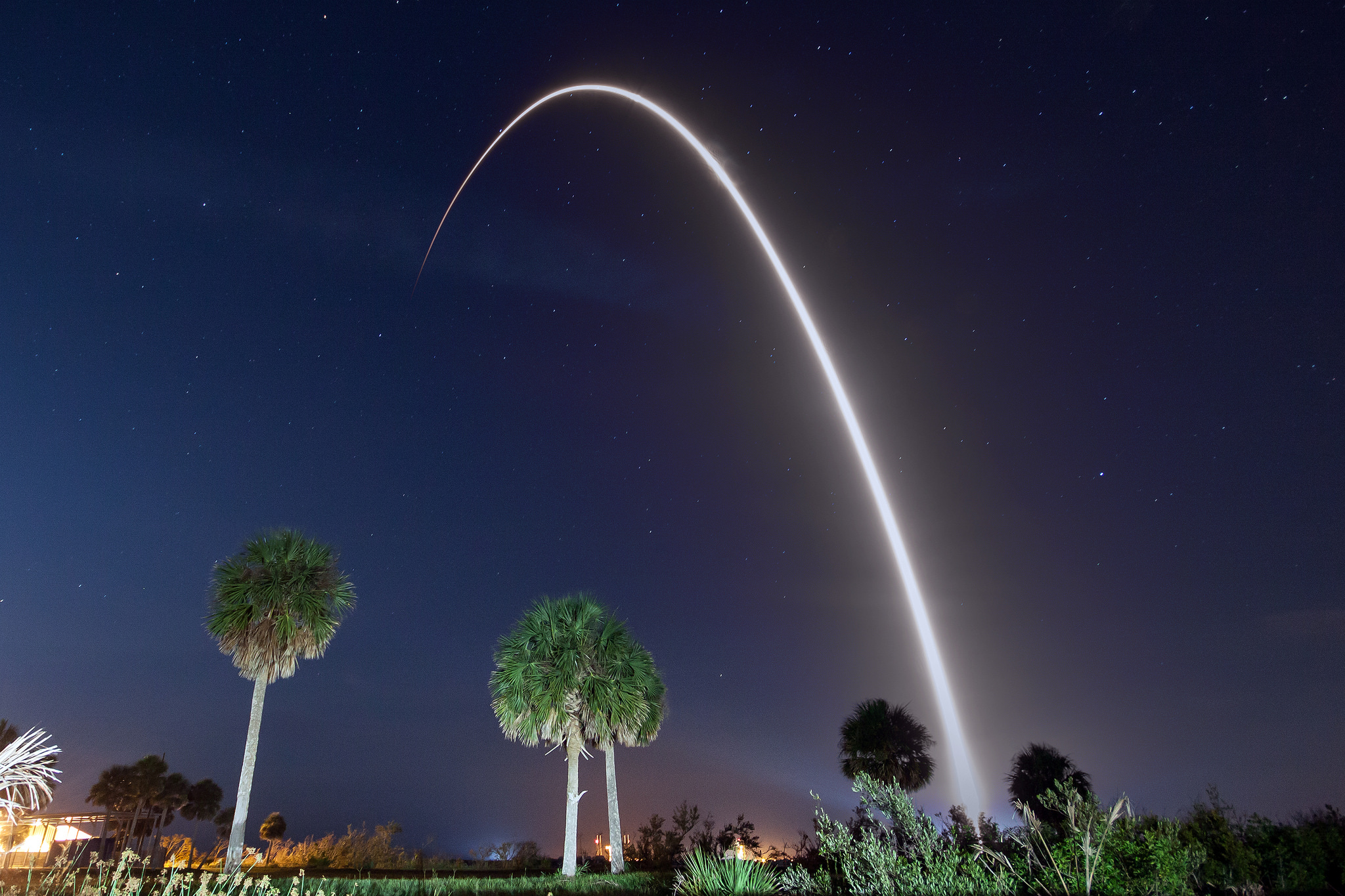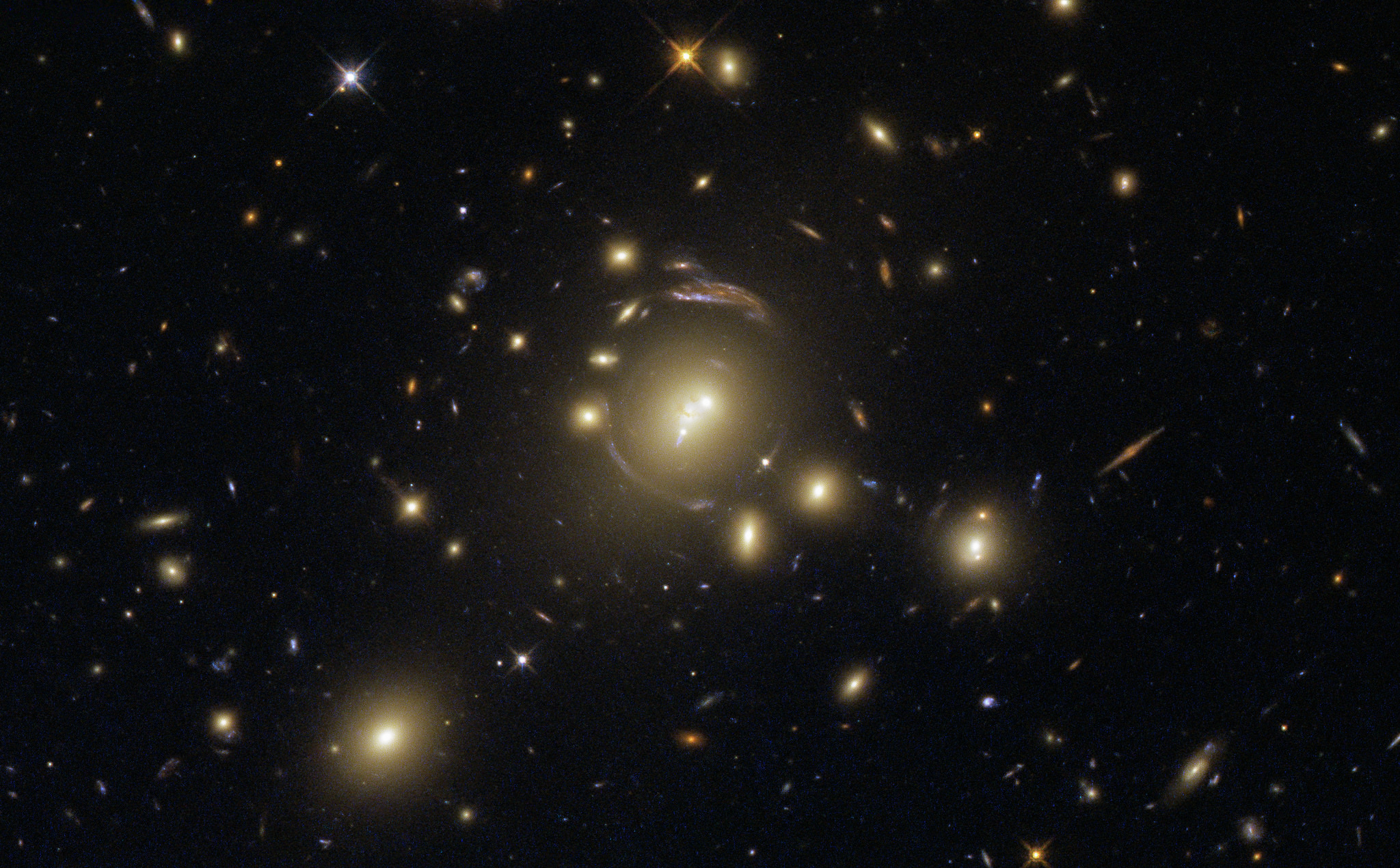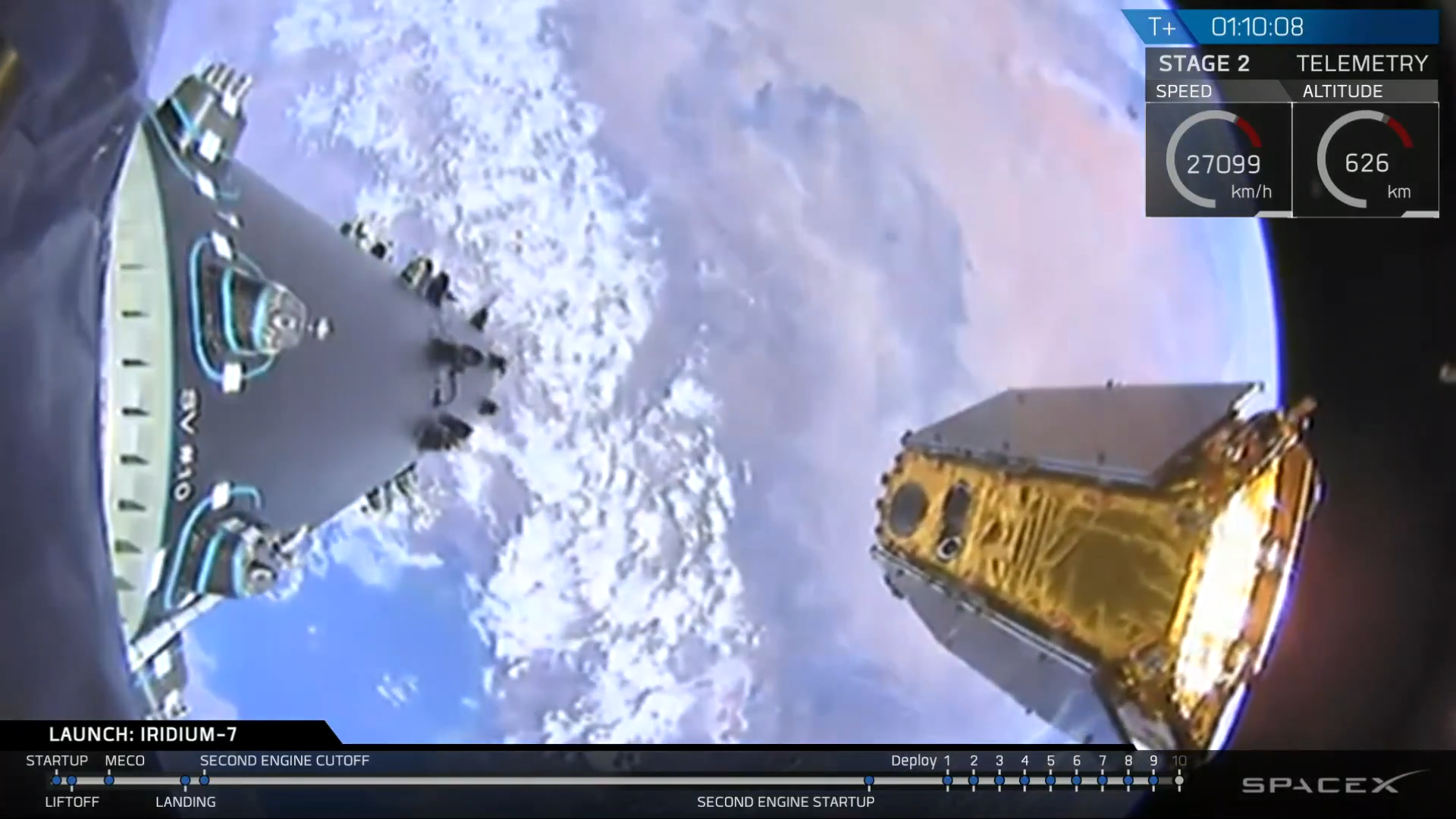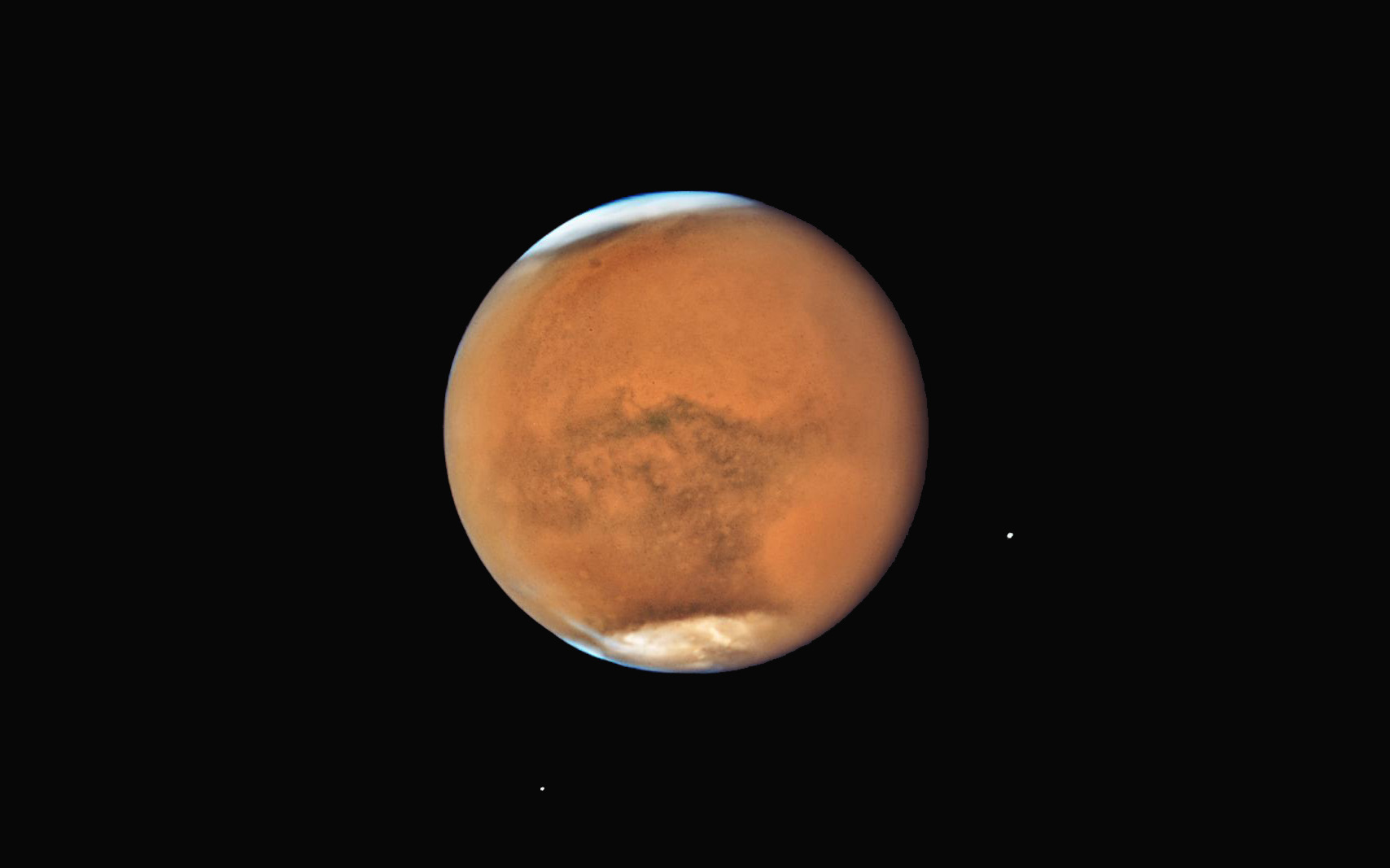Space Image of the Day Gallery (July 2018)
Madagascar's Changing Landscape Seen From Space
Monday, July 16, 2018: Muddy red water from Madacascar's Betsiboka Estuary flows toward the ocean in this stunning image taken by NASA astronaut Ricky Arnold at the International Space Station. "The heart of Madagascar drains into the sea due to decimation of rainforests & coastal mangroves," Arnold tweeted. — Hanneke Weitering
Sun on the Horizon
Tuesday, July 17, 2018: The sun peers over Earth's horizon in this photo taken by European Space Agency astronaut Alexander Gerst at the International Space Station. "Can you see us? In the following nights, #ISS will be passing over Europe, visible as the brightest star moving over the night sky," Gerst tweeted. "It is also the only one with humans inside." — Hanneke Weitering
Venus Meets the Crescent Moon
Wednesday, July 18, 2018: Venus snuggles up to the waxing crescent moon as the two celestial bodies aligned for their seventh conjunction of the year on July 15. Photographer Sashim Gardner captured this photo of their close approach from Sacramento, California. — Hanneke Weitering
HaloSat Has Left the Building
Thursday, July 19, 2018: In this view from outside the International Space Station, a NanoRacks cubesat deployer spits out a small satellite, deploying it into low Earth orbit above Australia on July 13. The cubesat mission, known as HaloSat, will help scientists look for "missing" dark matter by studying X-ray emissions from a halo of hot gas that surrounds the Milky Way. — Hanneke Weitering
Crescent Earth
Friday, July 20, 2018: Planet Earth resembles a crescent moon in this photo taken from the Apollo 11 spacecraft during the first lunar landing mission in 1969. Visible on the sunlit side of our planet is part of east Africa. — Hanneke Weitering
Falcon 9 Soars Over Florida
Monday, July 23, 2018: A SpaceX Falcon 9 rocket lights up the predawn sky over Florida's space coast as it lofts the Telstar 19V satellite into orbit on Sunday (July 22). The mission lifted off from Cape Canaveral Air Force Station at 1:50 a.m. EDT (0550 GMT), and the booster returned to Earth a few minutes later to stick a landing aboard the SpaceX drone ship "Of Course I Still Love You." — Hanneke Weitering
Hubble Catches Galaxies Warping Space-Time
Tuesday, July 24, 2018: A ring of light glows around a group of galaxies in this view from the Hubble Space Telescope. But this galaxy cluster, named SDSS J1336-0331, doesn't really have a halo of light. Rather, it is so massive that its gravity warps the fabric of space-time around it, bending the light from stars in the background. This effect is known as gravitational lensing. — Hanneke Weitering
Breaking space news, the latest updates on rocket launches, skywatching events and more!
SpaceX Deploys an Iridium Satellite
Wednesday, July 25, 2018: The upper stage of a SpaceX Falcon 9 rocket deploys an Iridium Next communication satellite into orbit after lifting off from Vandenberg Air Force Base in California today (July 25) at 7:39 a.m. EDT (1139 GMT, 4:39 a.m. local time). Ten Iridium satellites were successfully deployed about an hour after liftoff. — Hanneke Weitering
'Fans' in a Martian Crater
Thursday, July 26, 2018: Fan-shaped deposits stretch around the edge of a Martian crater and sprawl out into the crater floor in this photo from the HiRISE camera on NASA's Mars Reconnaissance Orbiter. Scientists think that the crater's multicolored walls and the shallow valleys around the outside of the crater may contain clues about the origin of these strange geological features. — Hanneke Weitering
Dust Storm Rages on Mars
Friday, July 27, 2018: The Hubble Space Telescope captured this crystal-clear view of Mars and its two moons Phobos and Deimos in mid-July, when a massive dust storm was still raging across the planet's surface. Today, the Red Planet will reach opposition, when it is on the opposite side of Earth as the sun. Mars will make its closest approach to Earth since 2003 on Tuesday (July 31). — Hanneke Weitering

Space.com is the premier source of space exploration, innovation and astronomy news, chronicling (and celebrating) humanity's ongoing expansion across the final frontier. Originally founded in 1999, Space.com is, and always has been, the passion of writers and editors who are space fans and also trained journalists. Our current news team consists of Editor-in-Chief Tariq Malik; Editor Hanneke Weitering, Senior Space Writer Mike Wall; Senior Writer Meghan Bartels; Senior Writer Chelsea Gohd, Senior Writer Tereza Pultarova and Staff Writer Alexander Cox, focusing on e-commerce. Senior Producer Steve Spaleta oversees our space videos, with Diana Whitcroft as our Social Media Editor.










